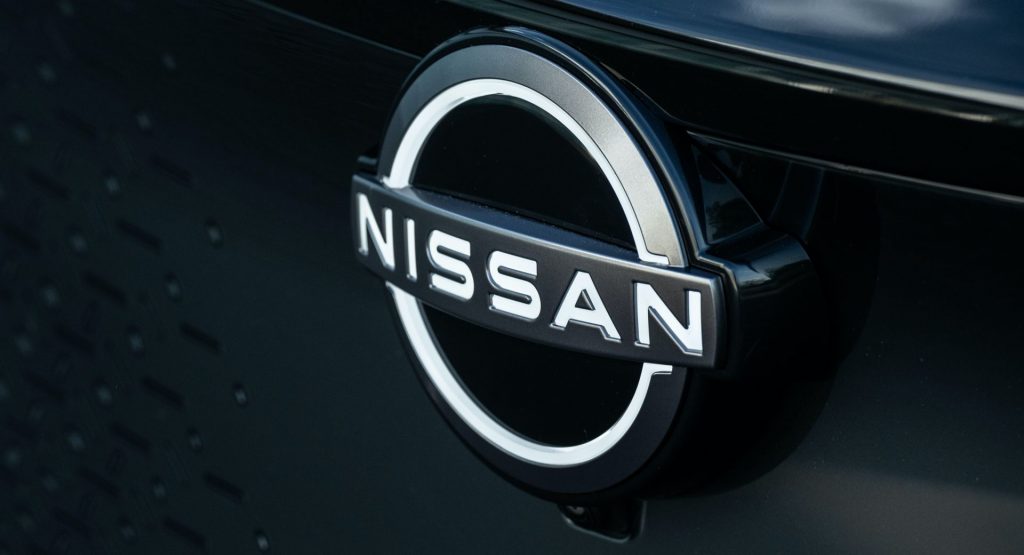Plans for Plant Closure
Earlier this year, Nissan announced plans to close its CIVAC plant in Cuernavaca, Mexico, and consolidate vehicle production in Aguascalientes. Unfortunately, the company has now reported that the COMPAS plant is also doomed.
Nissan representative Brian Brockman confirmed that the plant will close in the near future. Although he did not specify an exact date, production of the Infiniti QX50 and QX55 will cease in November.
However, according to reports, the plant will remain open until May 2026. This will allow Mercedes to continue production of the GLB, which is one of the brand’s most popular cars in the United States.
Collaboration History and Problems
The plant opened in 2017 as part of a joint venture with Mercedes, but the partnership eventually fell apart. As if that wasn’t enough, the plant produced a number of slow-selling cars, including the aforementioned Infiniti crossovers, as well as the A-Class, which was eventually discontinued in the US.

Sales Figures
In the first nine months of the year, QX50 sales fell by 36.6% in the United States, to just 4,994 units. The QX55 crossover performed even worse, finding only 1,931 buyers.
Brockman reported that “this decision is part of previously announced plans and reflects broader strategic changes in the company.”
This appears to be a reference to the Re:Nissan recovery plan, which has already led to the closure of their Oppama plant in Japan.
Company’s Strategic Goals
Nissan’s goal is to reduce global production capacity from 3.5 million to 2.5 million units, while increasing the plant utilization rate to approximately 100%. To achieve this, they plan to close up to seven production facilities.

Financial Updates
The plant closure comes as the automaker revises its financial forecasts for the first half of the year and updates its guidance for the fiscal year ending March 31, 2026.
As part of the revisions, Nissan now expects an operating loss of 30 billion yen ($195 million) for the first six months of the fiscal year. This is a significant improvement compared to the previous loss estimate of 180 billion yen ($1.17 billion).
For the full year, the company now expects revenue of 11.7 trillion yen ($76 billion). However, they anticipate losses of 275 billion yen ($1.79 billion).

External Challenges
This is a lot of money, and Nissan explained the disappointing forecast as being due to “expected challenges in the second half of the year due to risks in supply chains, currency volatility, tariffs, and other external factors.”
These events are taking place against the backdrop of global changes in the automotive industry, where many manufacturers are facing the need to adapt to new market conditions, transition to electric vehicles, and optimize production capacities. The closure of plants such as COMPAS is part of a larger transformation aimed at increasing efficiency and financial stability in the face of intense competition and economic uncertainty.


 by
by 
